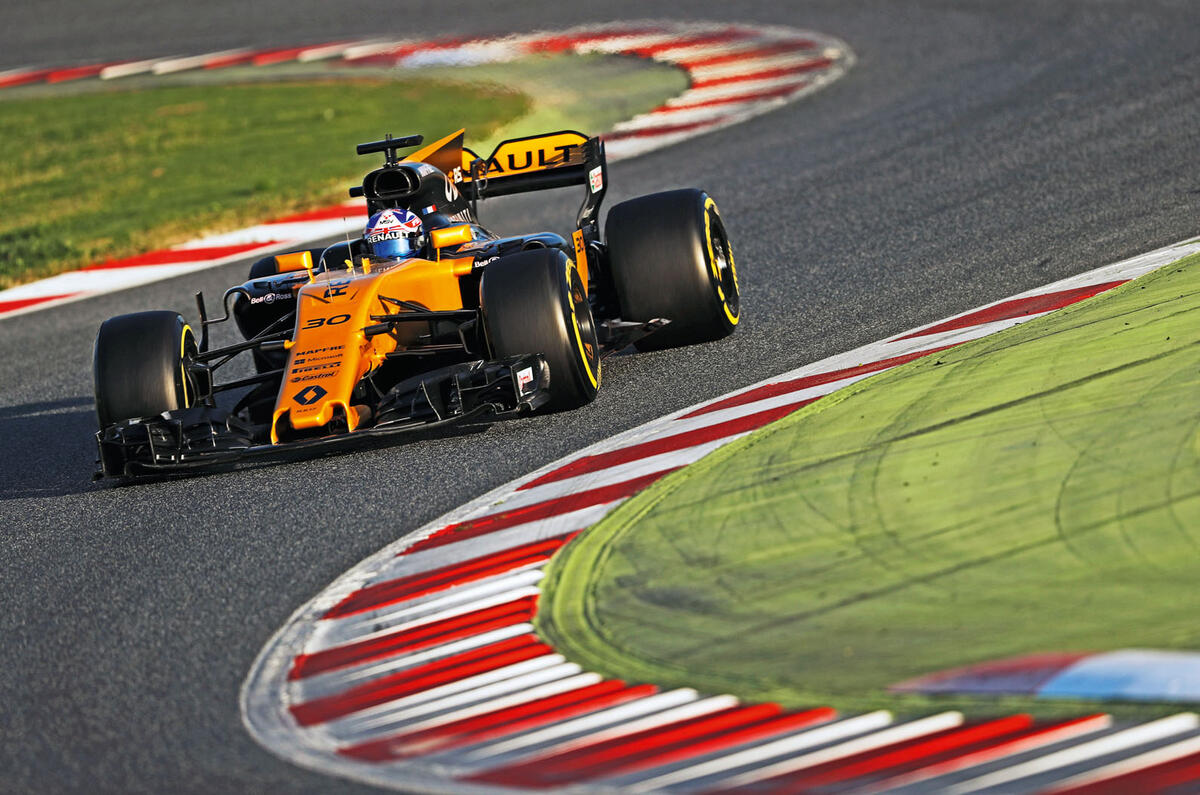

It’s a loud wheel at the best of times, but when the main track itself can make it shake and rattle for going off the racing line or achieving high speeds, it’s both a bit much and wonderfully in depth at the same time. We’ve still got the Fanatec Elite Racing Wheel to play on, and it’s one of the few times where I’ve considered turning the feedback down a bit. Force feedback has been amped up quite significantly to try and give more detail to the racer, and this is especially true when racing with a wheel. The handling in the game can be a lot of fun, with the different eras of car having different feeling as you race them. You can even race Monaco at night, if you like. In essence, you can play with many of the mixed up rules that commentators and pundits have speculated about over the decades. The rules might be different, with qualifying awarding points, a sprint race followed by a longer race, reversed grids, and so on.

F1 2017 CHANGES FULL
Diverging from the career, you could run a full F1 2017 championship, race a season with classic cars, revisit invitational events or take on a series of smaller, more bite-sized themed championships. There’s a playful side to the game because of this, as Codemasters explore different ideas and ways of mixing up the rather technical and rigid Formula 1 sport. Introduced by a curiously awkward looking guy named Jonathan – the human character models in this game still look like weird animatronic wax works, sadly – they diverge from the standard racing and introduce time trials, pursuits, overtaking challenges and so on, generally doing so around the four shorter ‘sprint’ circuits in the game for Silverstone, Suzuka, Circuit of the Americas and Bahrain. That would be all well and good having them in the game and tucked away in some secondary mode, but where F1 2013’s rendition of classic cars had you facing off against real world drivers, here they’re woven directly into the career mode in the form of invitational events. Loosely, the twelve cars are split up into two speed categories, whether they’re from before or after the turn of the century. Instead you have the 2008 McLaren MP4-23 against the Ferrari F2007, or the 1991 McLaren MP4/6 against the Williams FW14B. With a dozen championship winning and iconic cars (the Ferrari 412 T2 is literally in the game for its V12 engine sound), it covers several eras, but there’s no direct head to head cars from a single year. However, it’s ironic that when you have the 2017 cars in the game, a lot of the progress that Codemasters have made is with the reintroduction of classic cars, picking some of the most famous cars from the last 30 years. You start with a few thousand points to spend, depending on the team you’ve joined, but have to earn the rest as you progress. Those trials return, but they now feed into a much more expansive R&D tree with over a hundred things to research spread across the power train, aero, chassis and general reliability, as you try to improve your car faster than the other teams. It builds upon what last year’s game did so right in creating a real reason to play through a full race weekend, giving you more engaging goals and exercises to complete in the three practice sessions. Instead, Codemasters have pushed even further, creating what is their most interesting and dynamic F1 career mode yet. F1 2017 could quite easily have relied on the single hook of having new cars and regulations for this season and the excitement of the battle between Ferrari and Mercedes, and between Vettel and Hamilton. If F1 2015 laid the barebones foundations on current consoles, then F1 2016 saw Codemasters starting to innovate and bring new ideas to the series in their charge.


 0 kommentar(er)
0 kommentar(er)
